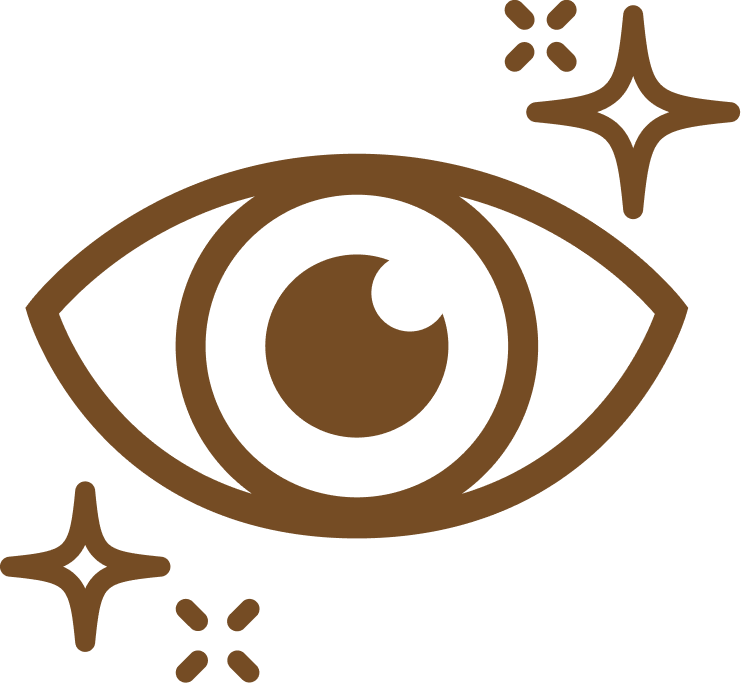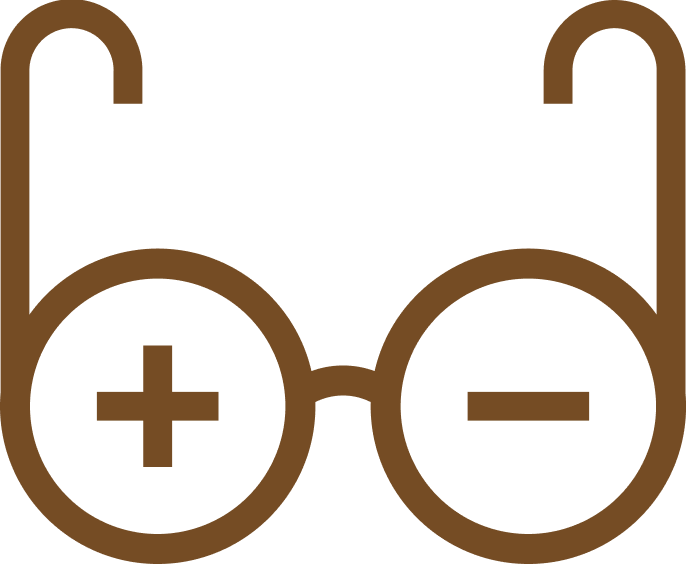What is Myopia?
Myopia, traditionally called near-sightedness, is an eye condition that causes images to focus in front of the retina and objects in the distance to look blurred.
Myopia develops during childhood as a result of accelerated eye growth that extends into the teenage years. Excessive eye growth pushes the central part of the retina that we use for looking at fine detail, like reading, out of focus. As such, people with myopia are able to see things clearly up close, but struggle to focus on objects farther away.
What causes Myopia?



Genetics may also increase the risk of a person becoming myopic. 1
Singapore’s Myopia Predicament

Myopia is estimated to affect about half of the world’s population by 2050, up from about 23 per cent in 2000. 2


Over 65 per cent of children are myopic by Primary Six. 1

Impact of Myopia

Lower quality of life. Having blurred vision may leave children unable to perform daily tasks or enjoy their favourite activities.

Safety. Vision impairment can occur in younger and older adults if progressive myopia is left untreated in childhood.

Lasting eye damage. Myopia, especially high myopia, may lead to serious pathological eye conditions such as glaucoma, retinal detachment, myopic macular degeneration and cataracts.

Early myopia management offers the highest probability of mitigating future eye deterioration.
For every one dioptre (1D) increase in myopia (as expressed by axial length of the eye), the risk of macular degeneration rises by 67 per cent. Reducing even 1D lowers the risk of macular degeneration by 40 per cent. 5
Eye care tips

Follow the 20-20-20 rule: After every 20 minutes of work or study, focus on an object 20 feet (6 metres) away for 20 seconds to rest your eyes.

Limit screen time for children to 2 hours a day.

Encourage 90 minutes of outdoor activities a day.

Arrange regular eye check-ups for your children to detect eyesight deterioration early. (Recommended every 3 to 6 months)
Morgan IG, Wu PC, Ostrin LA, Tideman JWL, Yam JC, Lan W, Baraas RC, He X, Sankaridurg P, Saw SM, French AN, Rose KA, Guggenheim JA. IMI Risk Factors for Myopia. Invest Ophthalmol Vis Sci. 2021 Apr 28;62(5):3.
Holden BA, Fricke TR, Wilson DA, Jong M, Naidoo KS, Sankaridurg P, Wong TY, Naduvilath TJ, Resnikoff S. Global Prevalence of Myopia and High Myopia and Temporal Trends from 2000 through 2050. Ophthalmology. 2016 May;123(5):1036-42. doi: 10.1016/j.ophtha.2016.01.006. Epub 2016 Feb 11. PMID: 26875007.
https://www.straitstimes.com/life/myopia-rising-among-kids-here-as-screen-time-goes-up-during-the-pandemic
https://www.moh.gov.sg/news-highlights/details/speech-by-dr-lam-pin-min-senior-minister-of-state-for-health-at-the-opening-of-the-singapore-national-eye-centre-s-myopia-centre-16-august-2019
Mark A Bullimore, Noel A Brennan. Myopia Control: Why Each Dioptre Matters. NIH PubMed, Optom Vis Sci 2019 Jun;96(6):463-465. doi: 10.1097/OPX.0000000000001367. PMID: 31116165.




